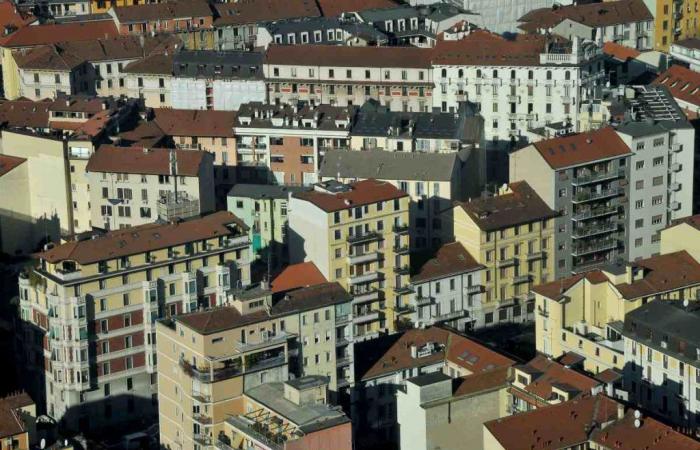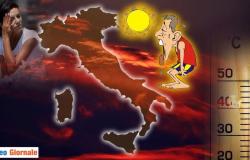The Sicily It is the fourth Italian region for the cost of IMU, the municipal tax on real estate. This is the main data that emerges from the analysis of the research center of the UIL union. The average cost of IMU in the main Sicilian urban centers is approximately 1,420 euros per yeara figure that stands at 7% of the regional GDP per capita, just over 20,000 euros. This figure places Sicily among the regions with the highest fiscal impact in relation to the average disposable income of citizens.
The differences between the South and the North of the country are also evident in the chapter of luxury properties, with Sicily allowing you to pay taxes even six times lower than the same villas located in some provinces of Tuscany. But let’s see what the data say and what are the differences between the Sicilian cities drawn up in the union report.
Subscribe for free to the QdS.it WhatsApp channel, news and updates CLICK HERE
The Report Uil
The analysis by the UIL Research Centre reveals that, although in absolute terms there are regions with higher costs, in proportion to the GDP per capita, Sicily has one of the higher tax pressures. Campania leads this ranking with an average cost of 1,830 euros, equivalent to 9% of GDP per capita. Following are Sardinia (1,985 euros, 8%) and Puglia (1,600 euros, 7%). After, precisely, Sicily.
However, not all Sicilian cities are burdened in the same way by the tax, which also varies according to the value of the properties in the reference territory. In some cities, the Imu is particularly low: Messina records an average of 519 euros per year, Caltanissetta 549 euros, Enna 574.5 euros, Palermo 681 euros and Ragusa 682 euros. These data place Sicilian cities among the least expensive in Italy.
Even for luxury properties, Sicily is less expensive than other regions. Caltanissetta, Ragusa and Messina are among the cheapest cities in Italy for this category, with costs of 1,315 euros, 1,083 euros and 1,018 euros respectively. In contrast, cities such as Grosseto, Milan and Rome have much higher costs, with Grosseto reaching 6,828 euros per year.
The differences in Sicily
Although the rates applied by the Municipalities are at the maximum allowed, that is 10.6 per thousand in all the Sicilian provincial capitals, the single municipal tax (IMU) in Sicily is – as we have seen – on average among the least expensive in Italy. Based on the data contained in another report also produced by the UIL and extracted from the IMU 2022 Report, it is possible to show the differences that also exist between the individual provinces of the Island.
Syracuse is the most expensive province in Sicily for this type of tax with over 1220 euros per year. Following are the provinces of Catania and Ragusa, with 1115 and 1080 euros per capita respectively. Then Agrigento, with 955 euros, and Trapani, with 816 euros. Even further down we find Palermo and Enna, where the IMU costs 745 and 738 euros. Messina and Caltanissetta are instead the Sicilian provinces where you pay the least with 709 and 700 euros.
The methods of calculating IMU
The calculation of IMU varies according to the decisions of individual municipalitieswhich establish rates and deductions. This mechanism leads to a strong variability of the tax burden between different areas of Italy. The final balance, expected for 16 December 2024, could include further adjustments determined by the new rates approved by the Municipalities, further influencing the local tax burden.
Comparison with other regions
If we compare the average annual cost of IMU, a clear geographical difference emerges. In the South and the Islands, the average cost is 982 euros and 829 euros respectively, compared to 1,027 euros in the North West, 1,060 euros in the North East and 1,144 euros in the Center. These differences are indicative of the different real estate values present in the different areas of the country.
According to Uil, a structural reform of the land registry is necessary to ensure fairer property taxation. The reform loudly requested by the union could correct the current imbalances, ensuring that the tax burden is proportionate to the real value of the properties and the ability of citizens to pay.






